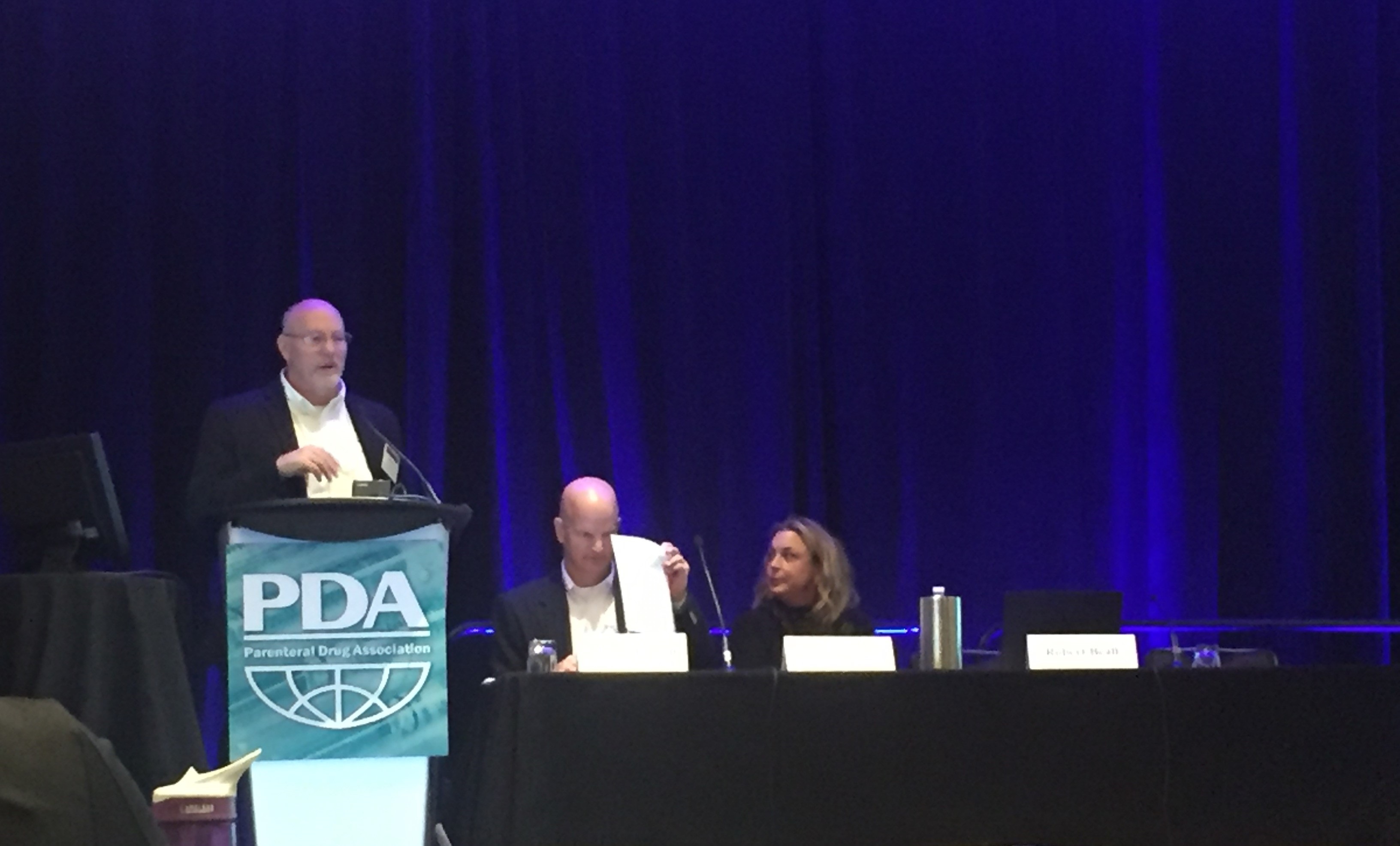January 5, 2017

January 5, 2017

 The recent passage of the 21st Century Cures Act (passed December 13, 2016) marks a significant milestone for medical device and drug development. I recently attended a meeting held by the Food and Drug Law Institute (FDLI) that featured this new, major legislation. In addition, my colleagues and I have been reviewing various sections that detail speeding up the approval of products in the pharmaceutical, medical device, and biomarker sectors that will affect our customers associated with innovative developments within this part of the industry. Given that you may not have had time to read the full text, as the complete act has over 800 pages, I wanted to share a few summary insights. Keep in mind, these observations highlight only a couple of important changes.
The recent passage of the 21st Century Cures Act (passed December 13, 2016) marks a significant milestone for medical device and drug development. I recently attended a meeting held by the Food and Drug Law Institute (FDLI) that featured this new, major legislation. In addition, my colleagues and I have been reviewing various sections that detail speeding up the approval of products in the pharmaceutical, medical device, and biomarker sectors that will affect our customers associated with innovative developments within this part of the industry. Given that you may not have had time to read the full text, as the complete act has over 800 pages, I wanted to share a few summary insights. Keep in mind, these observations highlight only a couple of important changes.
Biomarker utilization (as a surrogate) has a big effect on the product development plans for our pharmaceutical customers. The relevant Section 3011 is called “Qualification of Drug Development Tools.” In the past, the FDA has been reluctant to allow surrogate information in support of proving that a drug is safe and effective. This has forced a quandary on industry when it comes to clinical trial design and statistical requirements associated with proving clinical outcomes unless a study is conducted for years or with very large populations. This has been frustrating to the scientists at these companies because there is known public awareness of the science associating biomarker (surrogate) evidence with drug effectiveness or disease activity at the cellular level.
Now the new Section 507 of the Food Drug and Cosmetic Act sets up a multi-step process, Qualification Process for Drug Development Tools, for submission and consideration by FDA wherein surrogate information may be considered. For surrogates to be used, several criteria are listed that go directly to the heart of the previous obstacles to proving up drugs of a certain kind. These are represented by the severity, prevalence or rarity of the disease or condition, the lack of other available therapies, the identification of the suggested tool, and its proposed use in context of public health policy.
This will stimulate a great deal of advocacy and proposed use of biomarkers of various types that we know to be associated with the disease process from a diagnostic, preventative, and drug discovery point of view. While this is a positive development, it is a two-edged opportunity. For those that go first, going to the trouble of establishing a particular biomarker as a drug development tool and getting the FDA to approve the use of that tool, they will have a jump on the rest of the industry relative to the speed to market of the proposed drug at considerable expense to get the tool qualified. On the other hand, once one company or entity establishes the tool as a qualified drug development tool, that tool is available immediately in the context of use to support the development and pursuit of any regulatory approval or licensure of any drug or biologic. Historically, it is common in the regulatory world that a leader pays the price of entry, opening the door for all to follow.
This section dovetails with sections 3021, “Novel Clinical Trial Design,” and 3022, “Use of Real World Evidence” (other than clinical trials), which will contribute to speed to market through emphasis on adaptive design and post-market models. Although the act is effective immediately, some FDA guidance will take at least two years to develop.
In an upcoming blog, we will discuss the 21st Century Cures Act and implications for medical devices and diagnostics.

January 19, 2017
The 21st Century Cures Act, (Passed December 13, 2016), represents three years of cooperation between Congress, the FDA, and industry to modernize the current legal framework within which the FDA...

November 23, 2016
On November 3rd and 4th, I had the opportunity to meet with Pharmaceutical industry experts at the PDA Outsourcing / CMO conference in Washington, DC. It was a fantastic event with representatives...
November 18, 2016
In August 2002, the FDA announced the Pharmaceutical CGMPs for the 21st Century Initiative, which explained FDA’s intent of integrating quality systems and risk management approaches, and had a goal...